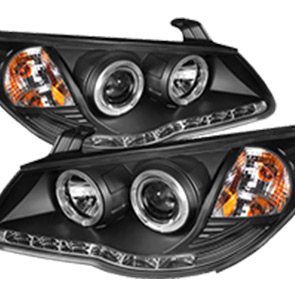Innovative Approaches to Manufacturing High-Quality Handbrake Cables for Optimal Performance
The Importance of Handbrake Cables in Vehicle Safety
When it comes to vehicle safety, many components play a vital role in ensuring that cars operate smoothly and securely. Among these, handbrake cables often go overlooked. Yet, they are an essential part of a vehicle's braking system, providing drivers with the ability to secure their vehicle when parked and to assist in braking during emergencies. Understanding the construction, function, and maintenance of handbrake cables can significantly contribute to overall vehicle safety.
Understanding Handbrake Cables
Handbrake cables are typically made from high-strength steel wire strands. These strands are twisted together to form a sturdy cable that can withstand the tension exerted when the handbrake is engaged. The outer layer is usually coated with a protective material such as plastic or rubber to prevent corrosion and ensure longevity. This design allows the cables to have both flexibility and strength, which is crucial for their performance.
In addition to their material construction, handbrake cables come in various sizes and configurations. The specific needs of a vehicle determine the type of cable used. For example, some vehicles may require a single cable that runs from the handbrake lever to the rear brakes, while others might have a more complex system involving multiple cables to distribute force evenly across the braking system.
Function and Mechanism
The primary function of handbrake cables is to engage and disengage the parking brake. When the driver pulls the handbrake lever, the cable experiences tension, pulling on the brake shoes or pads at the rear wheels. This action effectively locks the wheels in place, preventing the vehicle from rolling when parked.
handbrake cables made

Additionally, handbrake cables can also serve as a secondary means of braking in emergency situations. While they are not designed for regular use like the foot brake, a well-maintained handbrake system can provide extra stopping power when needed, especially in scenarios where the primary braking system fails.
Maintenance and Inspection
Regular maintenance and inspection of handbrake cables are essential to ensure optimal performance and safety. Over time, the cables can wear down due to exposure to elements such as moisture and dirt. Additionally, the metal components can corrode, leading to fraying or, in severe cases, complete failure.
Vehicle owners should routinely check for signs of wear, including frayed cables, rust, or broken strands. If any damage is detected, it is crucial to replace the cables promptly to avoid compromising the vehicle's safety. Additionally, ensuring that the handbrake lever is properly adjusted can prevent excessive strain on the cables, prolonging their lifespan.
Professional mechanics also recommend periodic inspections during routine maintenance services. A thorough check of the handbrake system should include assessing the condition of the cables, the handbrake lever, and the brake components at the rear wheels. Such proactive maintenance can help identify potential issues before they escalate, ensuring that the vehicle remains safe to operate.
Conclusion
In conclusion, handbrake cables are a critical component of a vehicle’s braking system, playing a key role in both securing the vehicle when parked and providing additional braking support in emergencies. Understanding their construction and functionality allows vehicle owners to appreciate their importance and the necessity of regular maintenance. By staying vigilant about the condition of handbrake cables and addressing any signs of wear, drivers can enhance their vehicle’s safety and performance, ultimately ensuring a safer driving experience.
-
Workings of Clutch Pipe and Hose SystemsNewsJun.04,2025
-
The Inner Workings of Hand Brake Cable SystemsNewsJun.04,2025
-
The Secrets of Throttle and Accelerator CablesNewsJun.04,2025
-
The Hidden Lifeline of Your Transmission Gear Shift CablesNewsJun.04,2025
-
Demystifying Gear Cables and Shift LinkagesNewsJun.04,2025
-
Decoding Clutch Line Systems A Comprehensive GuideNewsJun.04,2025
